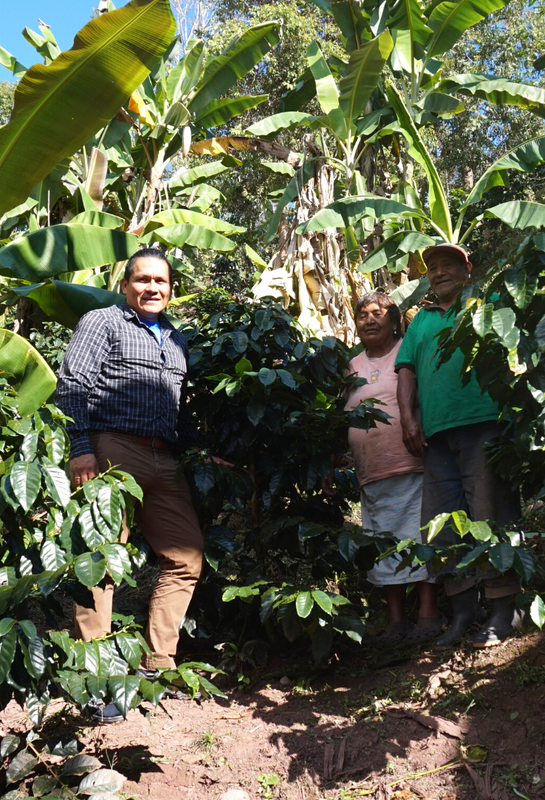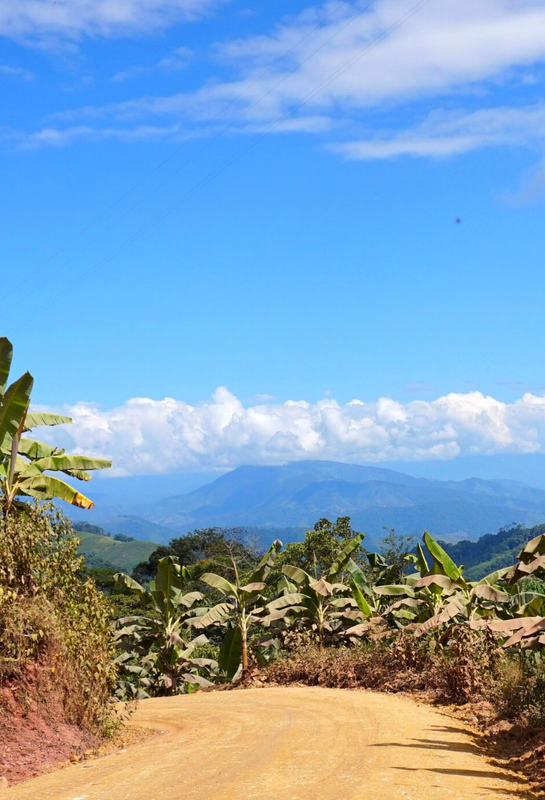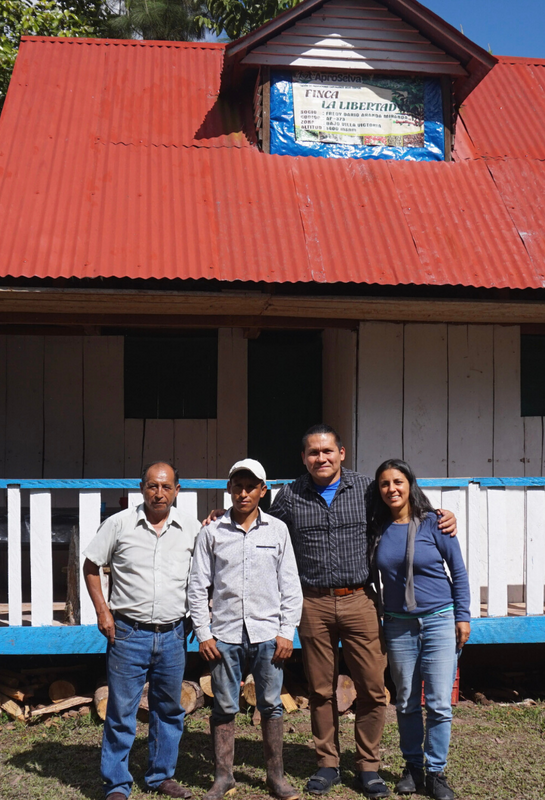
Origin
Peru
Region
Pichanaqui, Chanchamayo, Junin
Producer
199 Farms of the Tropicals Cooperative
Varieties
Catimour , Caturra, Obata, Catuai
Processing
Washed
Crop Year
2023
Altitude
1100-1700m.a.s.l.
Roast level
2 out of 6
Flavour Notes
Dried Fruit, Sweet, Floral
Roaster
IMF 120
Batch Size
69 kg
End Temperature
209.5°C
Time
9.13 minutes

Despite being an oft-forgotten coffee producer, Peru’s not new to coffee growing, nor is it a small-scale player. In fact, Peru was the 10th largest coffee producer in the world in 2017, was one of the first countries in the Americas to receive coffee plants, and is generally regarded as a producer of exceptional beans.
Though the high altitude of the Andes mountains, running right through Central Peru, provide optimal growing conditions for arabica coffee, there are also farms spread across the nation’s coastal plain—and even a few in Peru’s jungle region of the Lower Amazon Basin. There really aren’t many areas of the country that don’t grow coffee.
Once you go high into the Andes, like to farms surrounding Cusco and Machu Picchu, the coffee begins to feature a bright acidity, vibrant floral aromas, and a rich sweetness.
- Harvest: June to September









